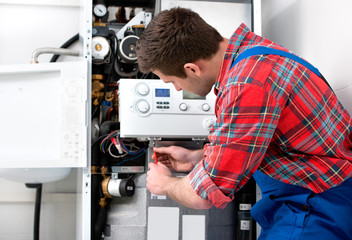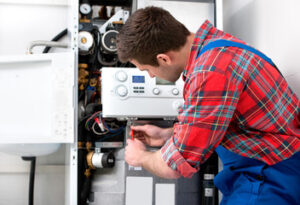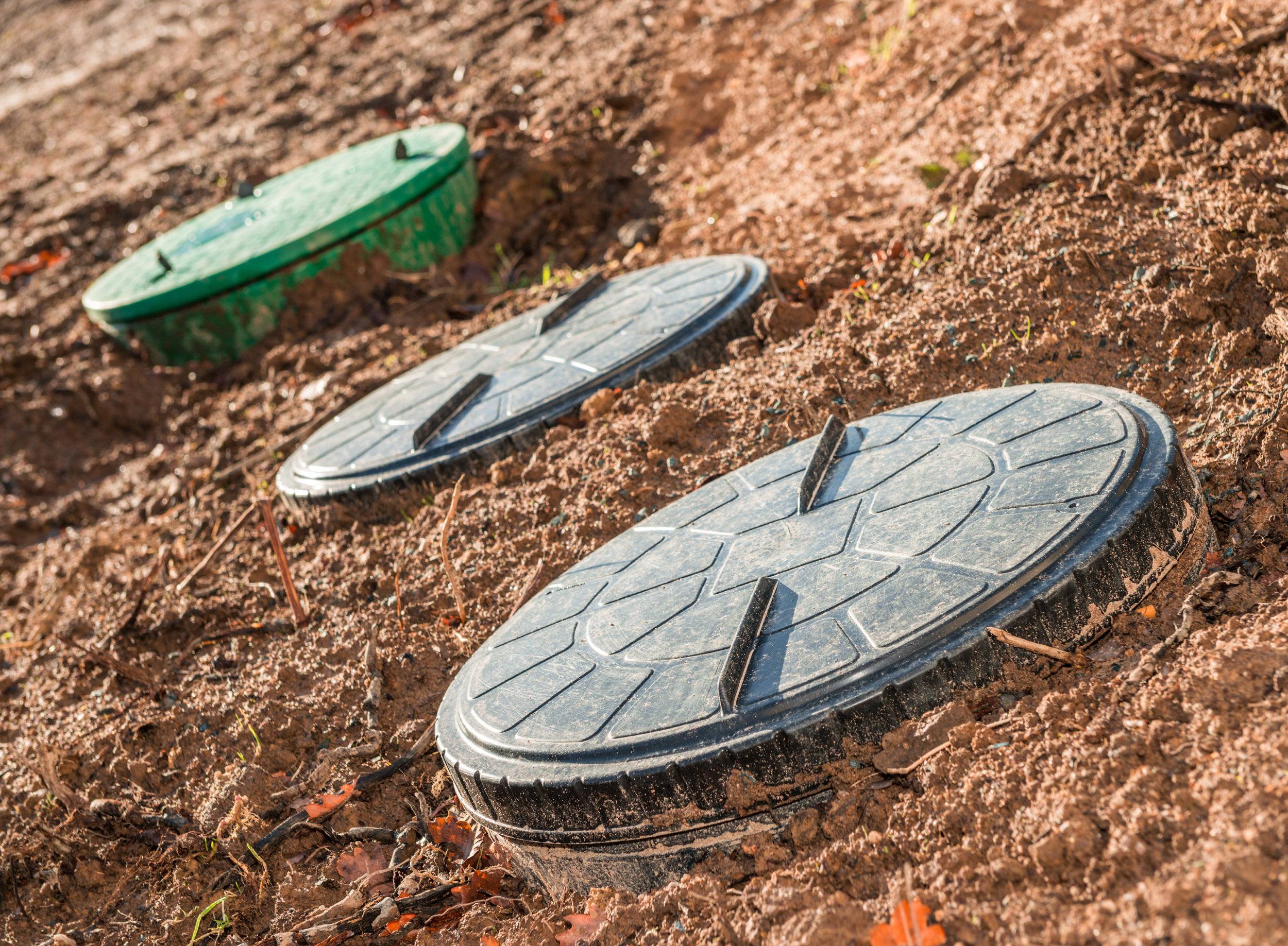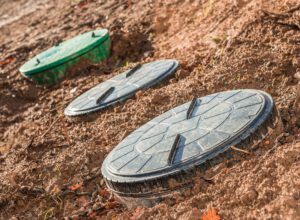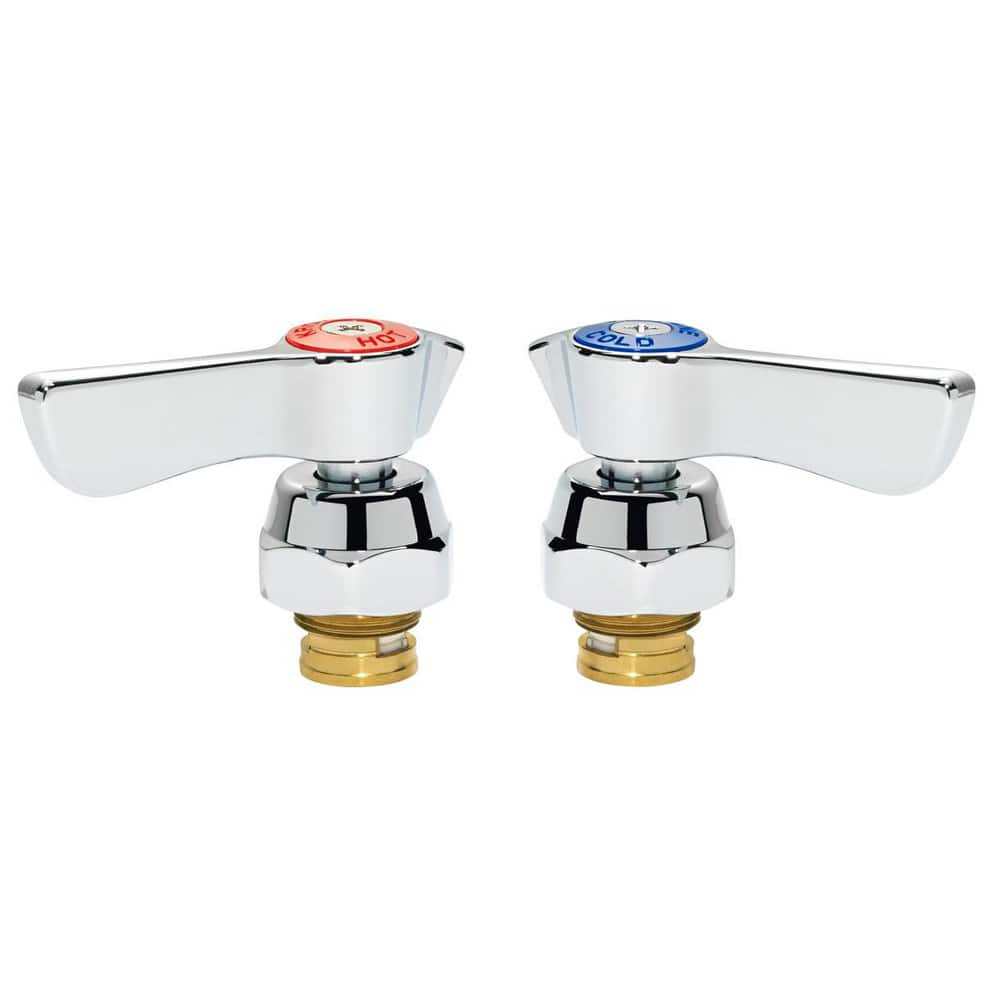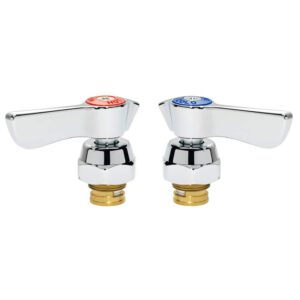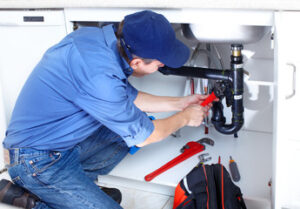Plumber Sarasota installs and repairs systems that provide water, waste, gas, and heat in residential and commercial settings. They interpret blueprints and building codes to plan plumbing installations and repair existing ones. They also fix fixtures and appliances like taps, toilets, showers, and sinks.
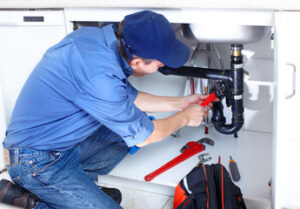
If you’re interested in becoming a plumber, you can take a college course or an apprenticeship program that combines educational hours and on-the-job training. These programs typically last four to five years.
The cost of hiring a plumber can vary significantly depending on the job type and your location. For example, plumbers in major cities typically charge more than those in smaller towns. The cost of materials also affects the price. Plumbers often mark up their supplies by 5% to 20%, which is why they charge more than the wholesale price for items like toilets and pipes. In addition, the cost of labor can also vary. Some plumbers charge by the hour, while others charge a flat rate per job. In addition, many plumbers charge a service call fee to cover travel expenses and the time spent diagnosing a problem.
Plumbers install, maintain and repair a variety of plumbing systems in homes and commercial buildings. Their responsibilities include inspecting existing pipe work, testing water pressure, locating leaks, and fitting replacement parts such as valves and taps. They can also repair drains and sewer lines, replace bathtubs and showers, and install heating systems.
A plumber’s responsibilities may include interpreting building codes and regulations, reading blueprints, and pulling permits for plumbing projects. They often perform inspections to ensure that their work meets code requirements and complies with local, state, and federal laws. They also troubleshoot dysfunctional plumbing systems, and they sometimes cut holes in walls and floors to install new pipes or fixtures.
Plumbing jobs can be complex and require special equipment or skills. The more complex the project, the higher the cost. For instance, repiping a whole house can be expensive and requires digging a trench to remove and replace old pipes. Plumbers also have to pay for tools, overhead, and insurance. Some plumbers have union dues, which can add up to a significant amount of money.
The average plumber salary is $45 to $150 per hour, including the cost of materials and trip fees. The cost of plumbers may vary depending on experience, location, and the type of job. Plumbers with extensive training and years of apprenticeship are more expensive than those with little or no experience.
There are a few routes to becoming a plumber, including taking courses at a vocational school, working as an apprentice, or joining a trade organization. Most states require plumbers to have a valid license. To obtain a license, you must complete an exam and pass a background check. You can find information about licensing requirements in your state’s website or by contacting your local occupational safety and health agency.
Work environment
Plumbing is a physically demanding trade, and it requires significant amounts of hands-on work. It is also an extremely rewarding career for those who are interested in a challenging and varied day-to-day job. It is relatively easy to get into as there are many plumbing companies that offer entry-level positions, and apprenticeships are a popular option for those looking to gain on-the-job knowledge and training while earning a salary. Once a plumber is skilled enough, they can work as a journeyman plumber or even start their own plumbing company.
A plumber’s work environment varies depending on the type of plumbing they do. They may work on systems in homes, commercial buildings, or industrial facilities. These systems are used for delivering and collecting water and sewage, and they must meet specific codes and regulations. Plumbing contractors often collaborate with architects and construction teams to ensure that plumbing is integrated seamlessly into building projects. They may also need to read and interpret blueprints, prepare and cut pipe materials, and use and maintain various tools.
In residential settings, plumbers work directly with homeowners and tenants to resolve plumbing issues. This can be challenging, as it is often necessary to work in tight spaces like crawl spaces and basements. In addition, plumbers may need to deal with unpleasant material found in drains and pipes. They also must be comfortable working around electricity and other dangerous equipment.
Plumbers who work on large-scale plumbing projects in commercial and industrial settings often travel to different locations each day. They may spend time in office buildings, restaurants, hospitals, or factories. They must be able to work in tight spaces and sometimes work outside in poor weather. In addition, they must be able to read and interpret blueprints and plans in order to ensure that their plumbing installations comply with building codes and regulations.
Plumbers are often on call when a customer has an emergency, so they must be willing to work late hours or on weekends when needed. They also must be able to work on their own or in a team, and they must have the ability to solve problems with minimal supervision. Some plumbers are self-employed, which allows them to set their own schedule.
Education and training
Plumbing school programs offer streamlined training in one of the most sought-after trades. They usually involve a combination of classroom instruction and on-the-job training, and are generally less expensive than attending a community college or trade school. They also often give students the opportunity to take business courses, which can be useful for those who plan to own their own businesses someday. Whether you are looking for a way to get into the trades or simply want to improve your skills, plumbing school can help you become a licensed plumber.
Many people choose to become a plumber because of the good pay and the job security. Unlike other jobs, you will not be at risk of losing your job if the economy declines. Moreover, the skills you gain can be transferred to other industries. Besides, you will be able to enjoy working with people, since plumbing involves visiting different homes and meeting new clients on a daily basis.
To become a plumber, you need to complete a trade school program or apprenticeship. These programs typically last four to five years and include both classroom learning and on-the-job experience. They teach students the basics of plumbing, including pipes, fixtures, water heaters, and heating systems. They also learn to read blueprints and perform safety checks.
Plumbers are also required to keep up with industry changes. They can do this by taking continuing education classes, or by completing a higher degree in a field like engineering. Some plumbers even become instructors at local schools, to pass on their knowledge and skills.
Another advantage of becoming a plumber is the fact that it will allow you to make money quickly. Most plumbers earn a comfortable living and can start their own companies after they have earned enough experience. You can even join a union, which offers excellent benefits and health insurance. Besides, you will have an opportunity to work as an independent contractor and be your own boss. This is an excellent option if you’re tired of the 9-to-5 grind. You will be able to travel and meet new people on a daily basis, while making a decent income.
Job outlook
Many people don’t think of a career as a plumber as one that is particularly “prestigious.” While it is true that this occupation does not involve wearing a suit and hosting fancy corporate events, it does provide a valuable service to the public. Plumbing is one of the essential services that allows billions of people to live and work in comfortable conditions. It also ensures that clean drinking water is available for all of us.
Plumbing is a highly diverse line of work. In addition to repairing pipes and installing fixtures, plumbers must have a strong understanding of physics and fluid dynamics to troubleshoot problems. They must also be able to read and design blueprints to determine the placement of pipes. These diagrams help to ensure that a structure’s plumbing meets building codes and works well with other features, such as electric wires. In addition, a plumber may have to work with a team of construction specialists and project managers to ensure that a commercial or industrial project is completed on time.
The job outlook for a plumber is better than that of most other occupations. According to the Bureau of Labor Statistics, the number of plumbing jobs is expected to grow by 5% between 2020 and 2030, with an average of 51,000 new openings per year over this decade. This growth is due to new construction projects and the need for repairs in existing homes and businesses.
In order to succeed as a plumber, you must be comfortable working with your hands and being physically active for long periods of time. It is also important to have a high level of manual dexterity and analytical thinking. You must also be willing to work hard and meet deadlines. Lastly, you must be willing to travel to different locations and work in a variety of environments.
Another way to improve your chances of employment as a plumber is by joining a professional association. These organizations can provide you with the education and resources you need to advance in the field. Additionally, they can connect you with other plumbers and trade professionals who can offer advice and guidance.

